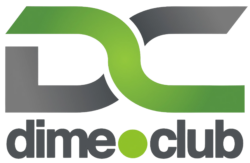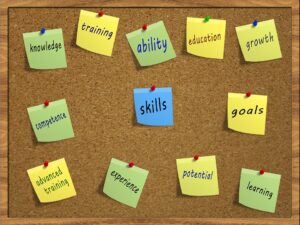
Content Creation Essentials: A Comprehensive Course for Digital Marketers
In today’s digital landscape, content is king. For digital marketers, understanding the intricacies of content creation is critical to achieving marketing goals and establishing meaningful connections with audiences. A well-structured course in Content Creation Essentials equips marketers with the skills and knowledge they need to create compelling content that can engage, inform, and convert.
Understanding the Importance of Content Creation
Content creation is not just about churning out articles or social media posts. It encompasses everything from strategic planning and audience understanding to writing and multimedia production. Content serves various purposes, including:
-
Brand Awareness: Quality content helps brands establish their identity, tone, and voice, making them recognizable in a crowded marketplace.
-
Engagement: Engaging content can foster interactions with audiences, building trust and long-term relationships.
-
SEO: Well-optimized content can boost a brand’s visibility in search engine results, driving organic traffic.
-
Lead Generation: Valuable content can attract qualified leads, pulling them into the sales funnel.
- Thought Leadership: Creating insightful and meaningful content positions a brand as a leader in its industry.
Key Components of the Course
1. Understanding Your Audience
Successful content creation begins with an in-depth understanding of your target audience.
-
Demographics: Gather information about age, gender, location, and socio-economic status.
-
Psychographics: Understand interests, values, and lifestyle choices.
- Pain Points: Identify challenges and obstacles your audience faces that your content can address.
Tip: Use tools like Google Analytics and social listening platforms to gather audience insights and tailor your content accordingly.
2. Developing a Content Strategy
A content strategy serves as a roadmap for your content creation efforts.
-
Objectives: Define what you aim to achieve—brand awareness, engagement, or sales conversions.
-
Content Types: Decide on the types of content you will produce: blogs, infographics, videos, podcasts, etc.
- Distribution Channels: Plan where you will publish and promote your content—social media, email newsletters, or your website.
Suggestion: Regularly review and adjust your content strategy based on performance analytics.
3. Crafting Compelling Content
Content creation also involves mastering the craft of writing and multimedia production.
-
Storytelling: Narratives resonate with readers. Learn to weave storytelling into your content to captivate your audience.
-
Clarity: Keep your writing clear and concise. Avoid jargon or overly complex sentences.
- Visual Elements: Complement written content with visuals such as images, videos, and infographics to enhance engagement.
Fact: Articles with images receive 94% more total views than those without.
4. SEO Fundamentals
Understanding SEO is vital for ensuring your content is discoverable.
-
Keywords: Research and integrate relevant keywords naturally into your content.
-
Meta Tags and Descriptions: Optimize these elements to help search engines understand the context of your content.
- Quality Backlinks: Engage in outreach to get quality backlinks, which can improve your search engine rankings.
Tip: Use tools like Google Keyword Planner and SEMrush to find low-competition keywords that can boost your content visibility.
5. Measurement and Analysis
Creating great content is just one part of the equation; measuring its effectiveness is equally important.
-
KPIs: Set key performance indicators such as page views, social shares, and conversion rates.
- Feedback and Adaptation: Use analytics tools like Google Analytics or social media insights to monitor performance and adapt strategies as needed.
Suggestion: Conduct A/B testing on headlines, images, and content formats to find what resonates best with your audience.
Conclusion: Continuous Learning and Adaptation
Content creation is an ever-evolving field. Trends change, algorithms shift, and audience preferences fluctuate. To stay ahead, continuous learning and adaptation are essential.
Participating in a comprehensive course on Content Creation Essentials can arm digital marketers with the knowledge and skills to excel in their roles. Beyond foundational skills, it can foster creativity, strategic thinking, and agility in executing campaigns that resonate with target audiences.
Additional Resources
-
Online Learning Platforms: Websites like Coursera, Udemy, and Skillshare offer courses on specific content creation skills.
-
Industry Blogs and Websites: Following sources like HubSpot, Moz, and Neil Patel can provide up-to-date information and strategies.
- Networking: Joining marketing groups on LinkedIn or attending industry conferences can open doors for collaboration and learning from peers.
By investing in education and leveraging practical skills, marketers can create content that not only engages but also drives measurable results—paving the way for success in the digital marketing arena.









